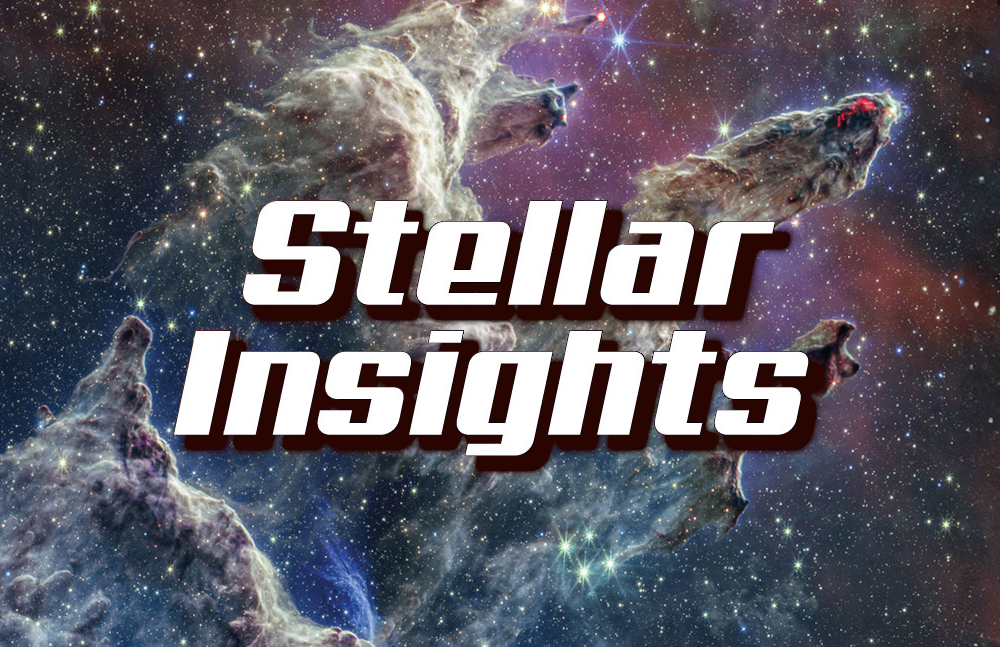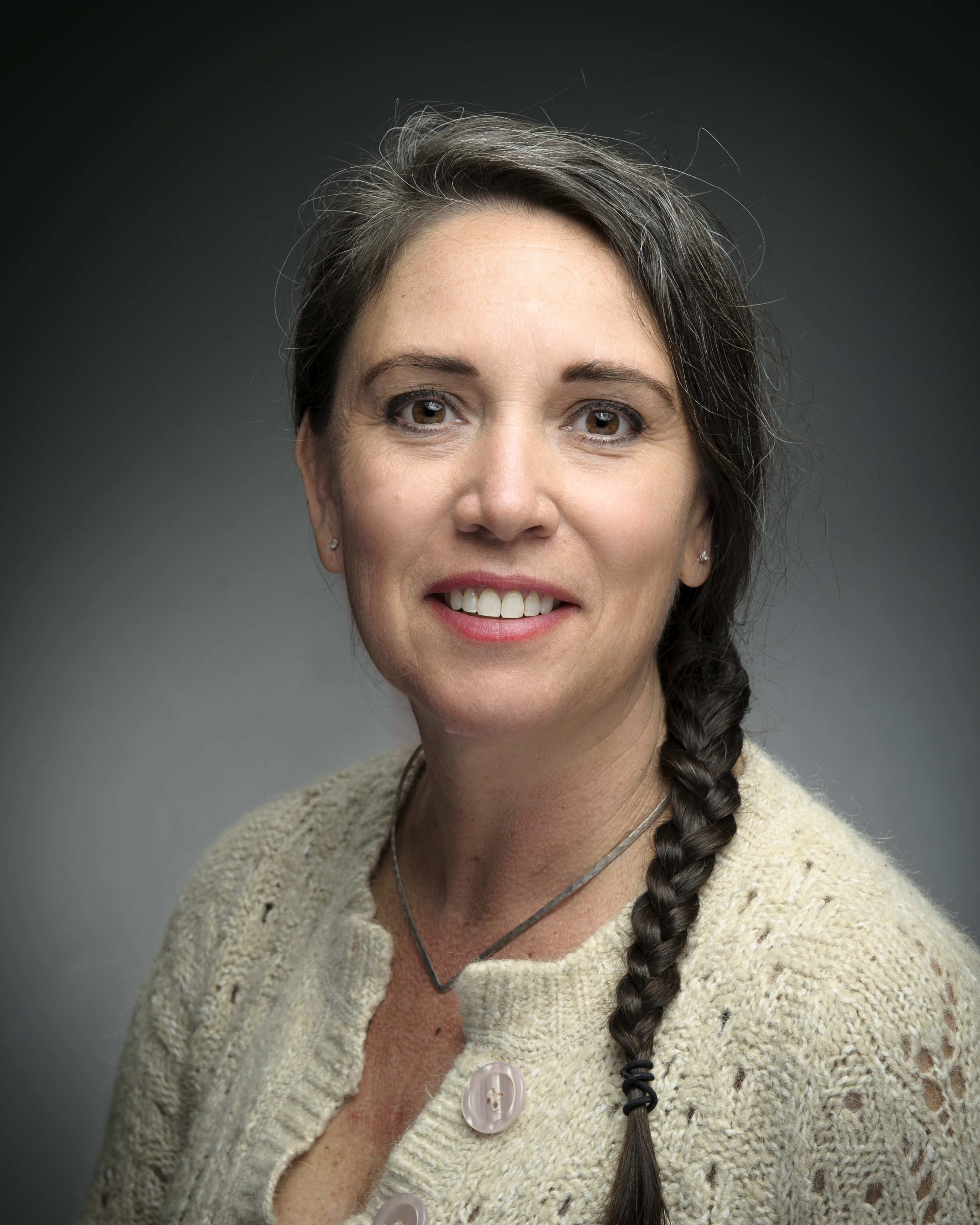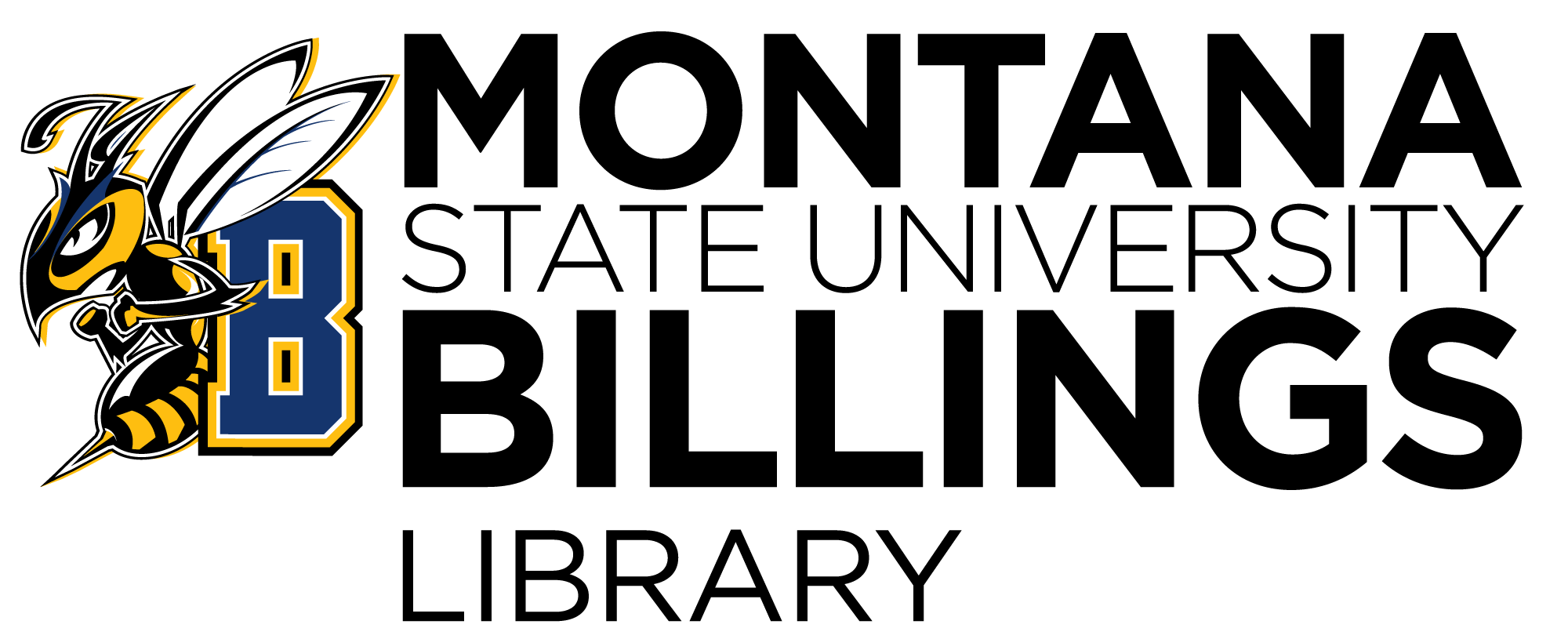Stellar Insights
MSUB Library Lecture Series, Spring 2024
Information
All lectures are Tuesdays evenings at 6:30pm in Library 148. Free and open to the public.
Library 148 is accessed from the lower level of the hallway that runs between the Library and the Liberal Arts Building.
Free event parking is at the MSUB Parking Garage.
Lectures
The Sun and the Solar Eclipse
March 12, 6:30pm, Library 148
Speaker
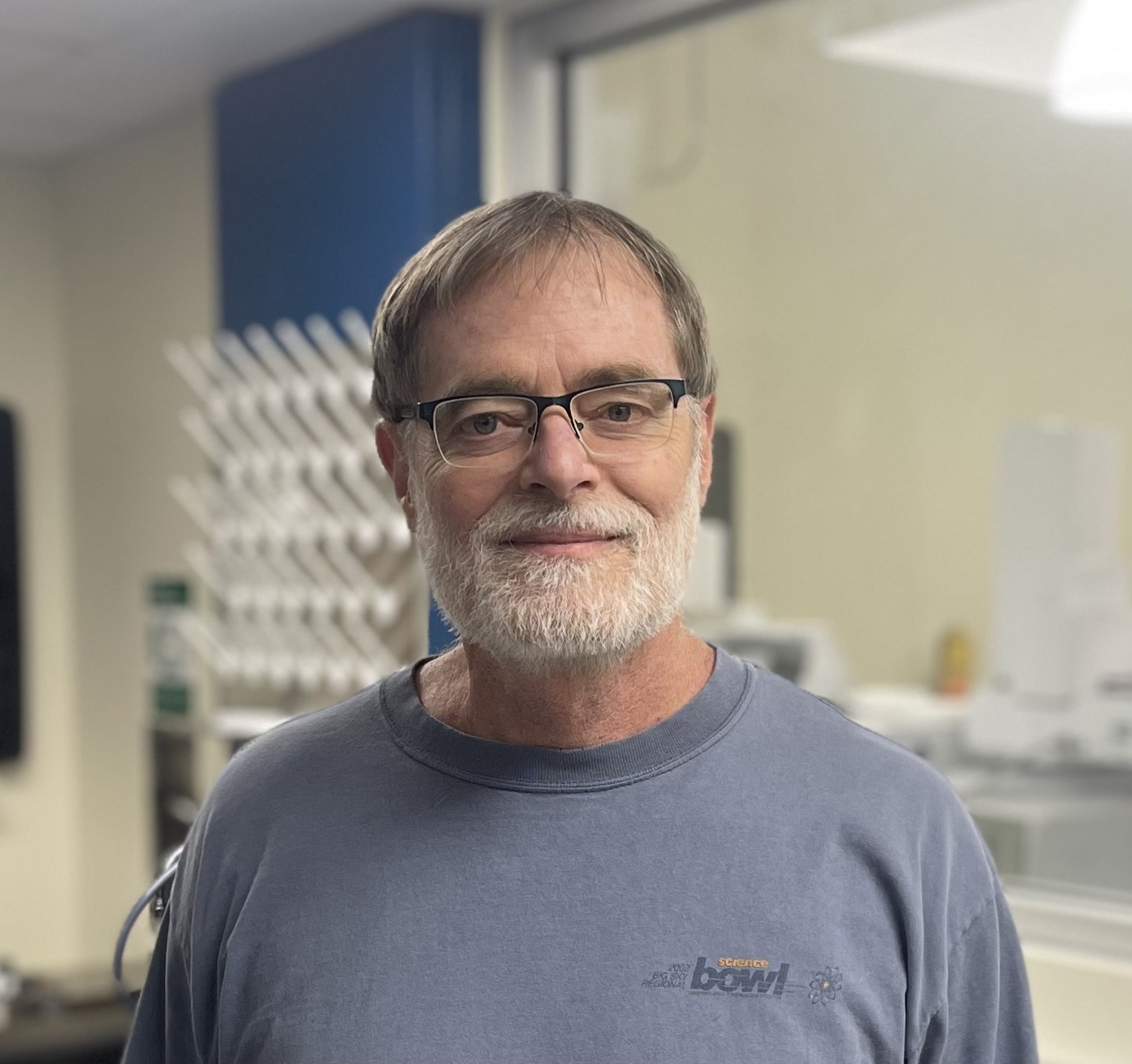
Prof. Stuart Snyder received his BS and MS degrees in physics from Montana State University in 1975 and 1978, respectively, and his Ph.D. in physics in 1992 from the University of Idaho. He recently retired from Montana State University Billings after 23 years of teaching physics in the Department of Biological and Physical Sciences. Prior to joining MSU Billings, the Billings native was a scientist at the Idaho National Laboratory in Idaho Falls, ID where he conducted research in the application of laser spectroscopy to environmental monitoring and to the study of thermal plasmas. Dr. Snyder continued his research activities at MSU Billings when he established an undergraduate research program in laser spectroscopy.
Stars & Stories: Northern Cheyenne, the Morning Star People
October 19, 6:30pm, Library 148
Half of the world's languages are predicted to disappear by the end of this century if nothing is done about it. Most endangered languages are indigenous languages, which include Cheyenne. According to Ethnologue, a comprehensive catalog of world languages, the Cheyenne (Tsėhesenėstsestȯtse) language is endangered. It is a first language used by older adults and is taught in tribally located schools once a week. At this point, any type of documentation is essential for preserving endangered languages. This project is crucial for the tribe to maintain their language and to provide a point of access to their language. Collaborative Indigenous Research notes, “Languages are living ecosystems that connect us across time and space. They are critical repositories of knowledge, care, and ways of being.”
This Stage One, Research & Script Development Project is based on creating a planetarium-style video presentation to share Northern Cheyenne star stories. This project critically reflects how we view and think about the night sky from an indigenous and Western perspective. By presenting both stories, individuals can gain insight from the other's knowledge of the same star or constellation. This two-eyed framework of Indigenous and Western astronomy knowledge will give participants an immersive cultural experience while preserving the Northern Cheyenne language and culture for future generations.
Speaker
Dr. Elaine Westbrook is an Assistant Professor at Montana State University Billings' College of Education. She began as an R&D and QA Chemist with a regulatory background for a 10-year career. She entered education through informal STEM teaching and transitioned to formal education. After completing a master's degree and a doctorate in science education, she now teaches in a higher education setting.
The Space Gal
March 26, 6:30pm, Library 148
Speaker
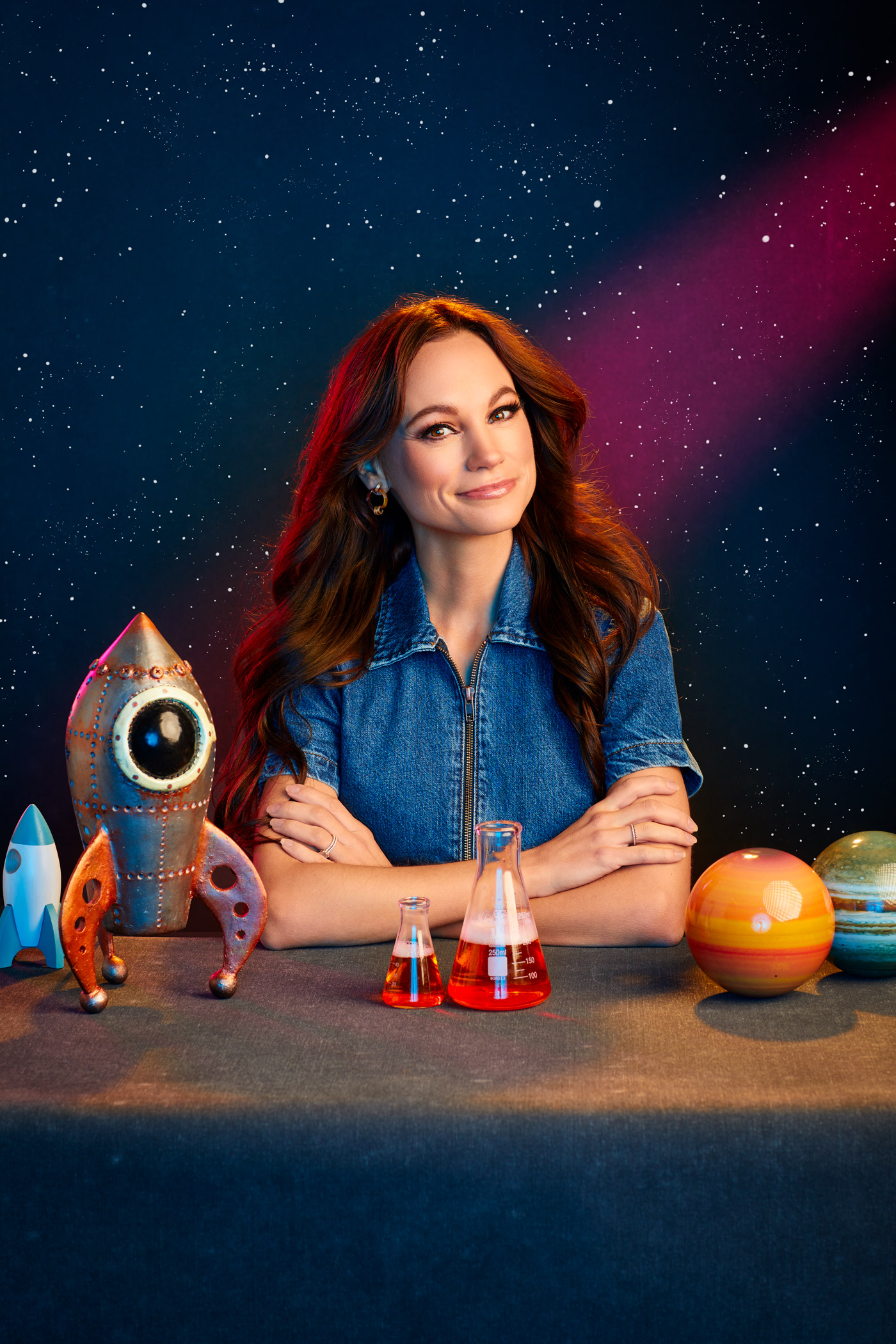
Emily Calandrelli is the host and co-executive producer of the hit Netflix series Emily’s Wonder Lab. Each episode features Emily and a group of kid-scientists as they learn about STEAM through experiments and fun activities. Emily is also an Executive Producer and Emmy nominated host of FOX’s Xploration Outer Space and was a correspondent on Netflix’s Bill Nye Saves the World.
Emily, who was named to Adweek’s “11 Celebrities and Influencers Raising the Bar for Creativity in 2017,” is also an accomplished writer and speaker on the topics of space exploration, scientific literacy, and equality. Her chapter book series, The Ada Lace Adventures, centers around an eight-year-old girl with a knack for science, math, and solving mysteries with technology. The second book in the series, Ada Lace: Sees Red, was included in the National Science Teachers Association’s list of best STEM books for 2018. The third book, Ada Lace: Take Me To Your Leader, was part of the initiative from NASA and CASIS, Story Time from Space, where the book was launched into space and read by an astronaut aboard the ISS to an audience of kids. The sixth and most recent book in the series, Ada Lace Gets Famous, was released in October 2023. Earlier this year Emily released a children’s book, Reach for the Stars, an uplifting book about love and shared discovery.
Emily frequently gives talks about the importance of science literacy, the benefits of space exploration, and the challenges for women in STEM careers for clients like Google, Pixar, MIT, Texas Instruments as well as dozens of K–12 schools across the nation. Her first two TEDx talks, “I Don’t Do Math” and “Space Exploration is the Worst,” have garnered over one million views on YouTube.
Prior to her work in science communication, Emily attended West Virginia University, where she received Bachelors of Science degrees in Mechanical Engineering and Aerospace Engineering, and MIT, where she received two Masters of Science degrees, one in Aeronautics and Astronautics and the other in Technology and Policy. Through her work, she wants to make science relatable, easy to understand, and more exciting today than ever before in history.
The James Webb Space Telescope
April 2, 6:30pm, Library 148
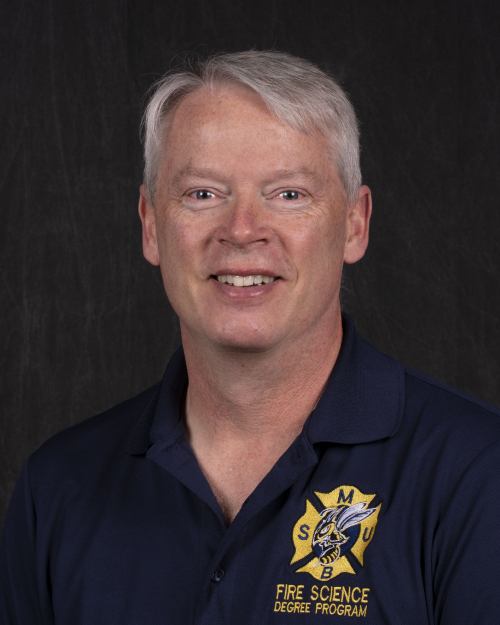
The James Webb Space Telescope has been in operation since July 2022. The images and data the telescope is sending to scientists have already shaken long-held assumptions of the age and size of the universe. We'll explore the telescope and how it functions. Then, we'll spend some time looking at several of its most beautiful images and learn more about what exactly those images are revealing to us.
Speaker
Alan Lohof is the Program Director/Instructor for the Fire Science Program at MSU Billings City College. He served as a firefighter from 1995 to 2022 for the City of Billings Fire Department in positions including Fire Captain and Emergency Medical Services Coordinator. A Billings native, Alan graduated from Boston University with a BA in Astronomy (1991) and earned a Master of Public Administration degree from MSU Billings (2007). He is married to his wife, Jennifer, with whom he has two college-age children. An avid outdoorsman, he enjoys amateur astronomy, backpacking and traveling, and is currently the Scoutmaster of Scouts BSA Troop 23 (Black Otter District).
Collision Course: Understanding the Risks of Space Debris
April 9, 6:30pm, Library 148
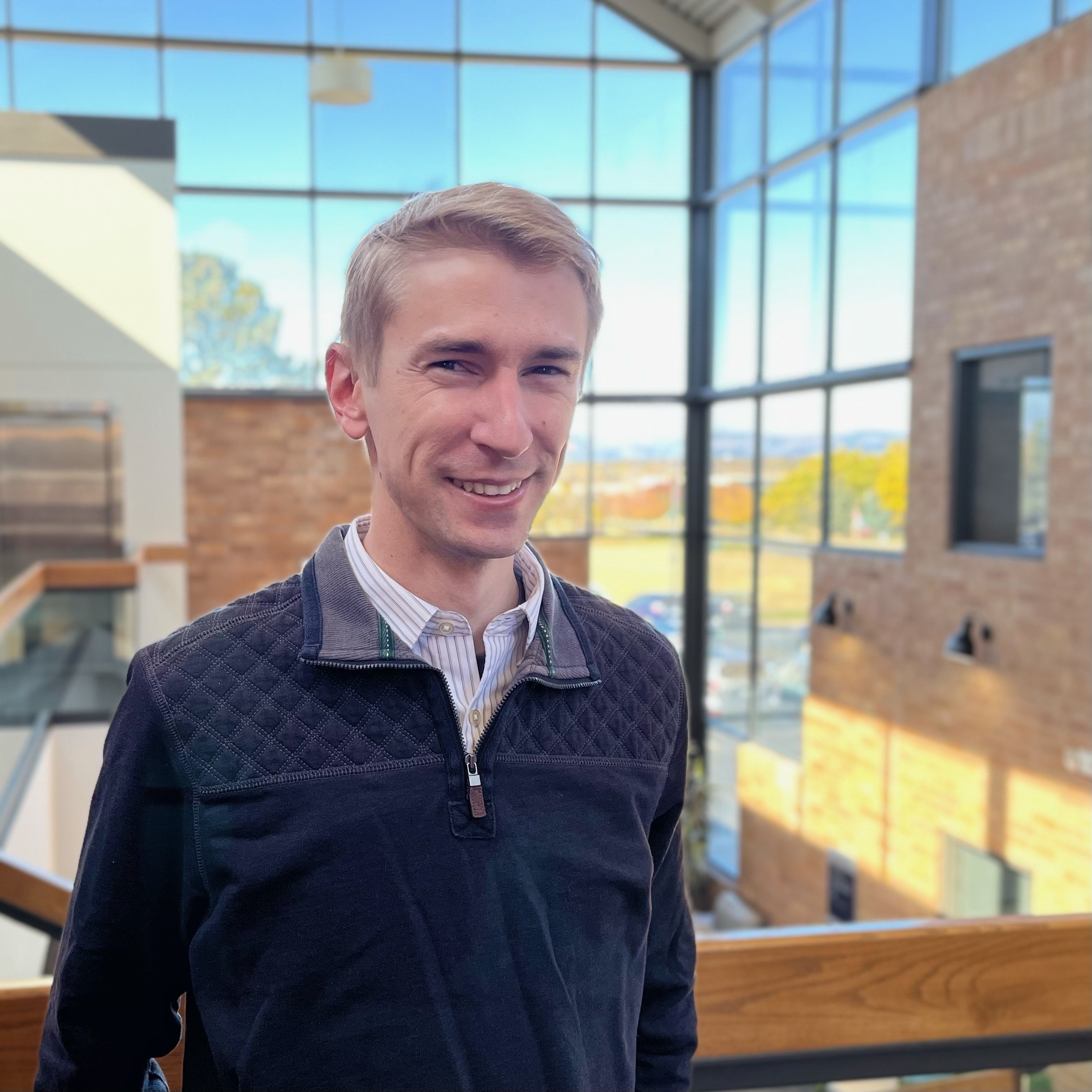
Debris from past space missions can stick around in Earth orbit for decades, threatening access to space. Traveling at 17,000 mph, even the smallest paint flecks and shrapnel can endanger active spacecraft and astronauts. Each collision in orbit can generate many thousands of new pieces of debris. How does space debris impact human activity in space? What are we doing to track debris and keep spacecraft safe? How do we keep Earth orbit usable for future generations? We will examine these and other questions in an interactive presentation.
Speaker
Dr. Nathan Ré is a principal astrodynamics and machine learning engineer at Advanced Space, a small company based in Westminster, CO. Nathan received his PhD from the University of Colorado at Boulder in 2018 in Aerospace Engineering Sciences. He leads advanced research & development projects for customers such as NASA, IARPA, and the Air Force. Nathan is the Principal Investigator for one of the teams on IARPA’s SINTRA (Space Debris Identification & Tracking) program. Nathan lives and works in Billings with his wife and toddler son.

